15 Common Plants that Are Toxic + Poisonous to Dogs & Cats
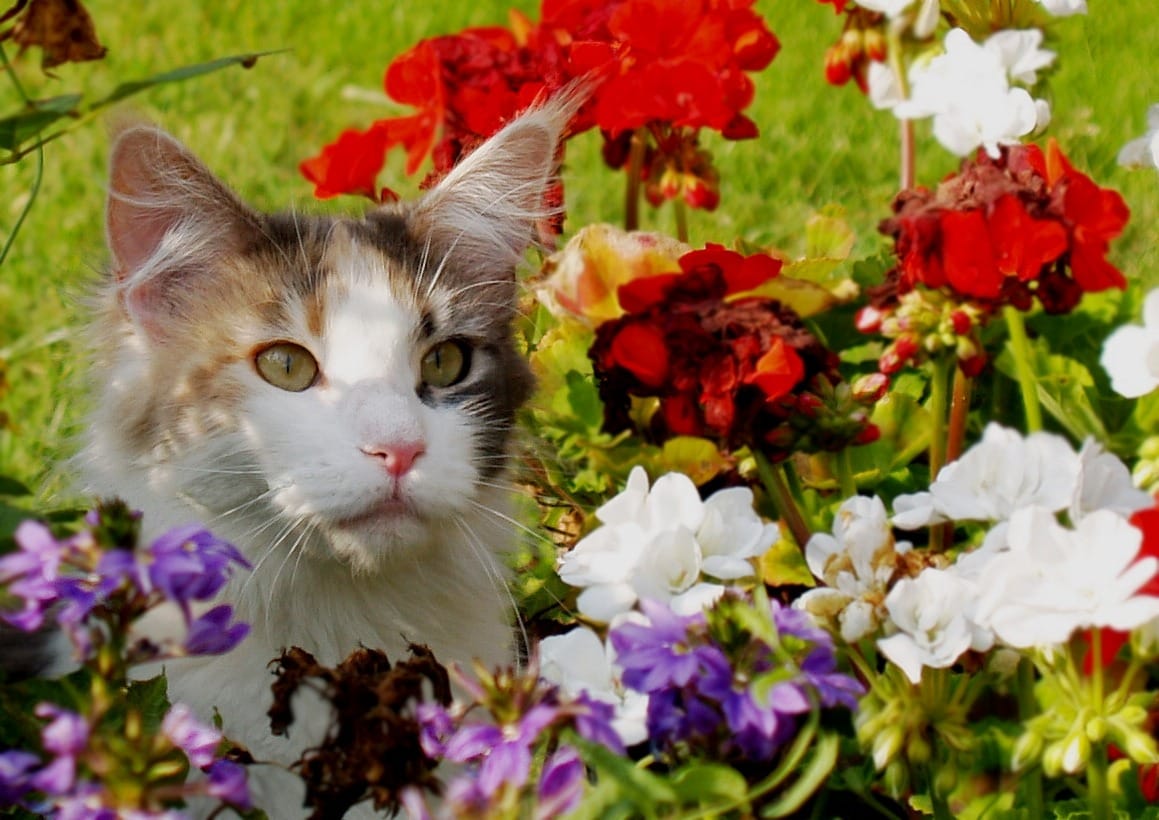
Whether the plant or pet came first, it’s likely that Southern California gardens have one or more offenders on the list below. In fact, these toxic plants are so common that homeowners don’t realize that some can actually cause death in cats and dogs.
If you are aware that your dog or cat has ingested one of these plants, please call your vet immediately. And, the symptoms we list are only those that are likely, others are certainly possible.
1. Aloe
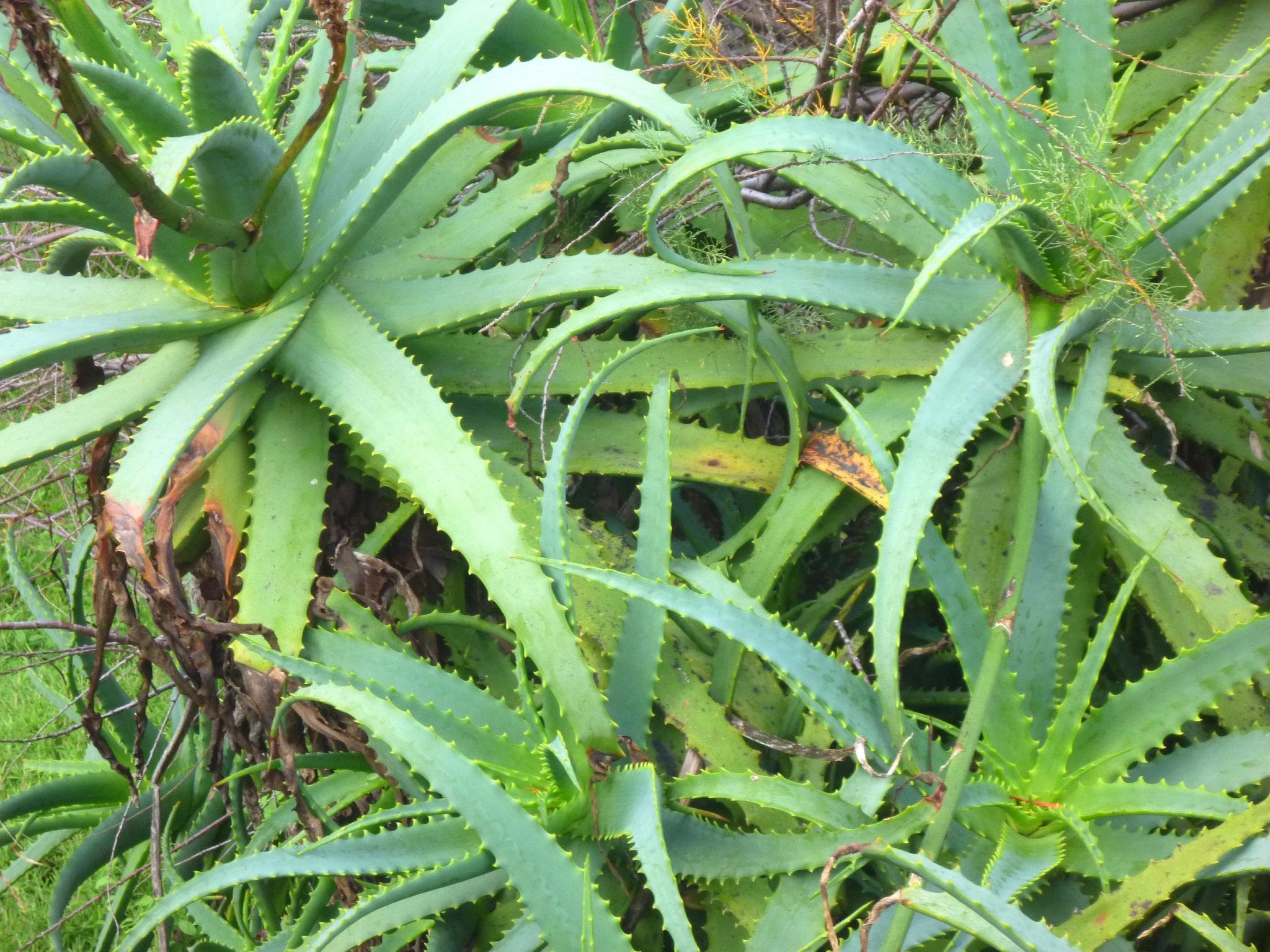
Though it’s fantastic for soothing cuts and burns, aloe is toxic to both cats and dogs. Aloe’s saponins (a chemical known for cleansing properties) causes vomiting, depression, diarrhea, anorexia, tremors, change in urine color if eaten. If a pet rubs against a broken aloe leaf, their skin could also become extremely irritated.
2. Azalea
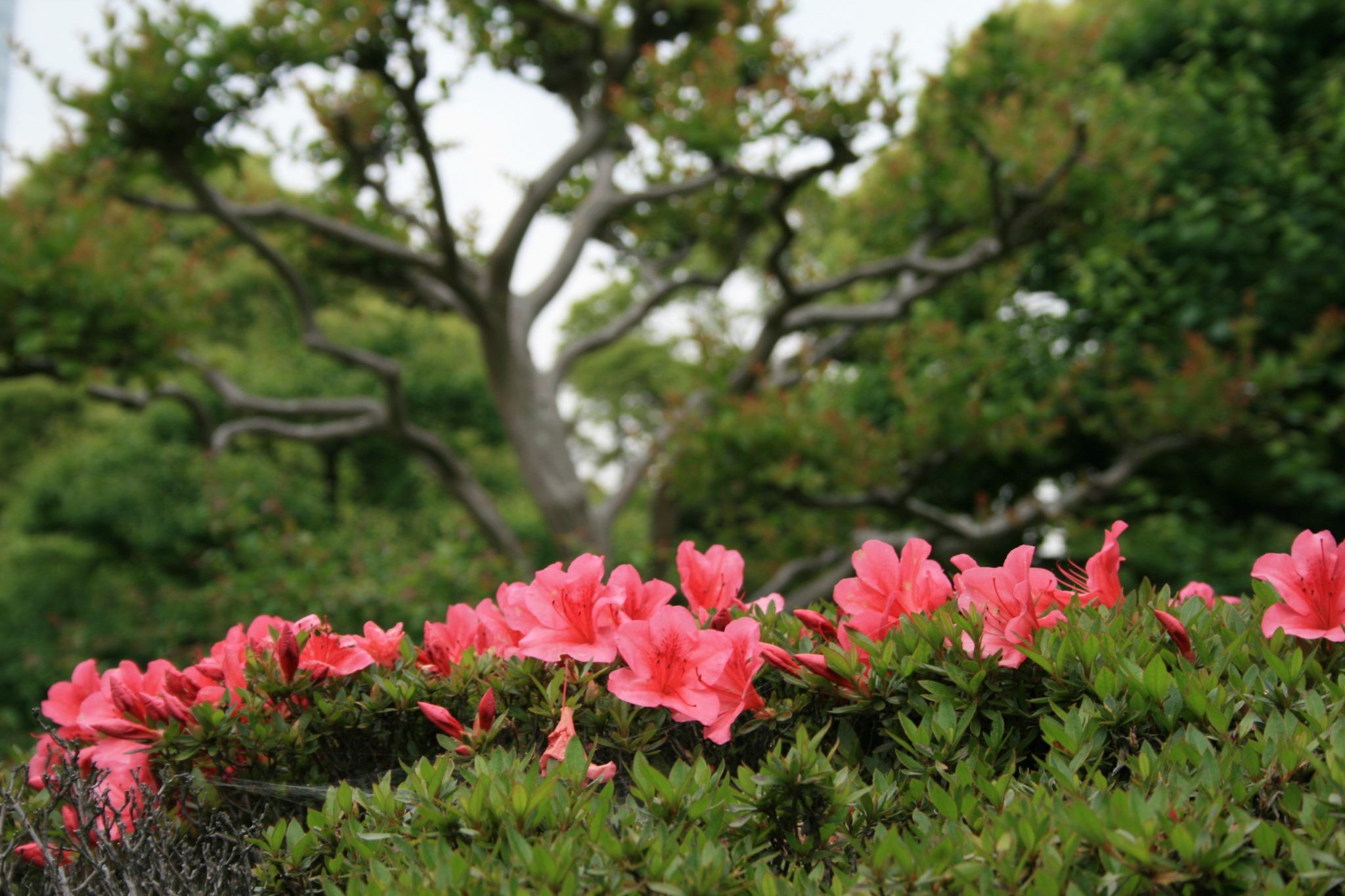
Azaleas are a species of Rhododendron, which are toxic to pets. Azaleas are commonly used as border plants, especially in Japanese gardens, but if you have pets this is a plant to get rid of immediately. Ingesting just a few leaves can send a dog into digestive distress, paralysis, loss of appetite and drooling. In some cases, this can lead to coma or death.
3. Begonia
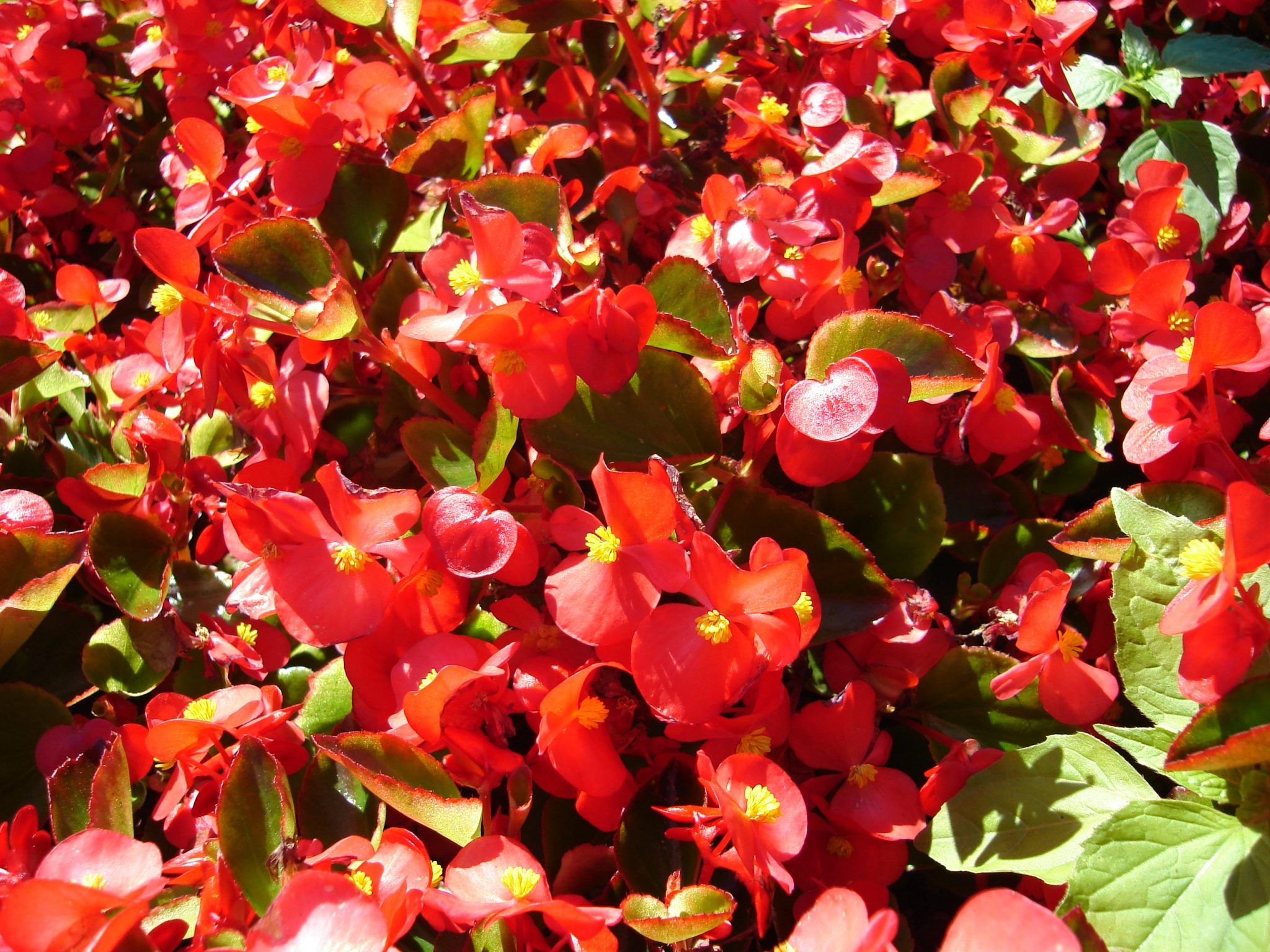
All of the over 1000 species of begonia are toxic to pets. After eating it, your pet’s mouth will likely experience burning and vomiting may occur. The plant’s juices and sap contain microscopic poisonous, needle-shaped crystals. The plant is considered mildly-toxic but the roots are especially poisonous. It’s advisable to call the vet anyway.
4. Bird of Paradise
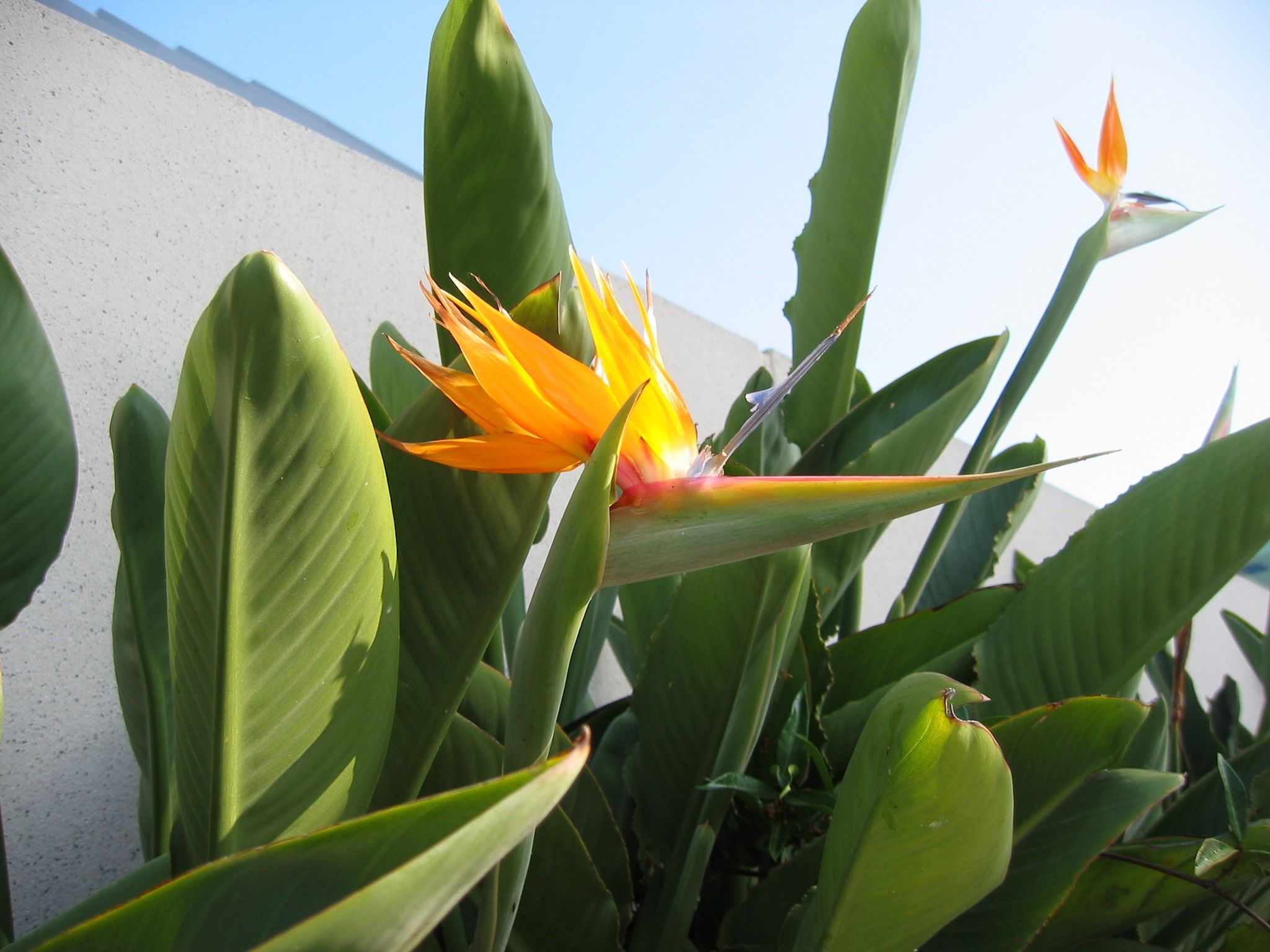
The strelitzia reginae type of bird of paradise (pictured above) is extremely common around San Diego and toxic to dogs, cats and horses. Flower seeds contain toxic tannins and the leaves can contain hydrocyanic acid. Signs of poisoning will include labored breathing, eye discharge and digestive discomfort. The plant is considered to be relatively mild in toxicity but still call your vet immediately if you suspect your pet has ingested it.
Poinciana gilliesii is another type of flowering plant that’s often referred to as a bird of paradise, however, it’s even more toxic than the strelitzia reginae.
5. Chrysanthemum
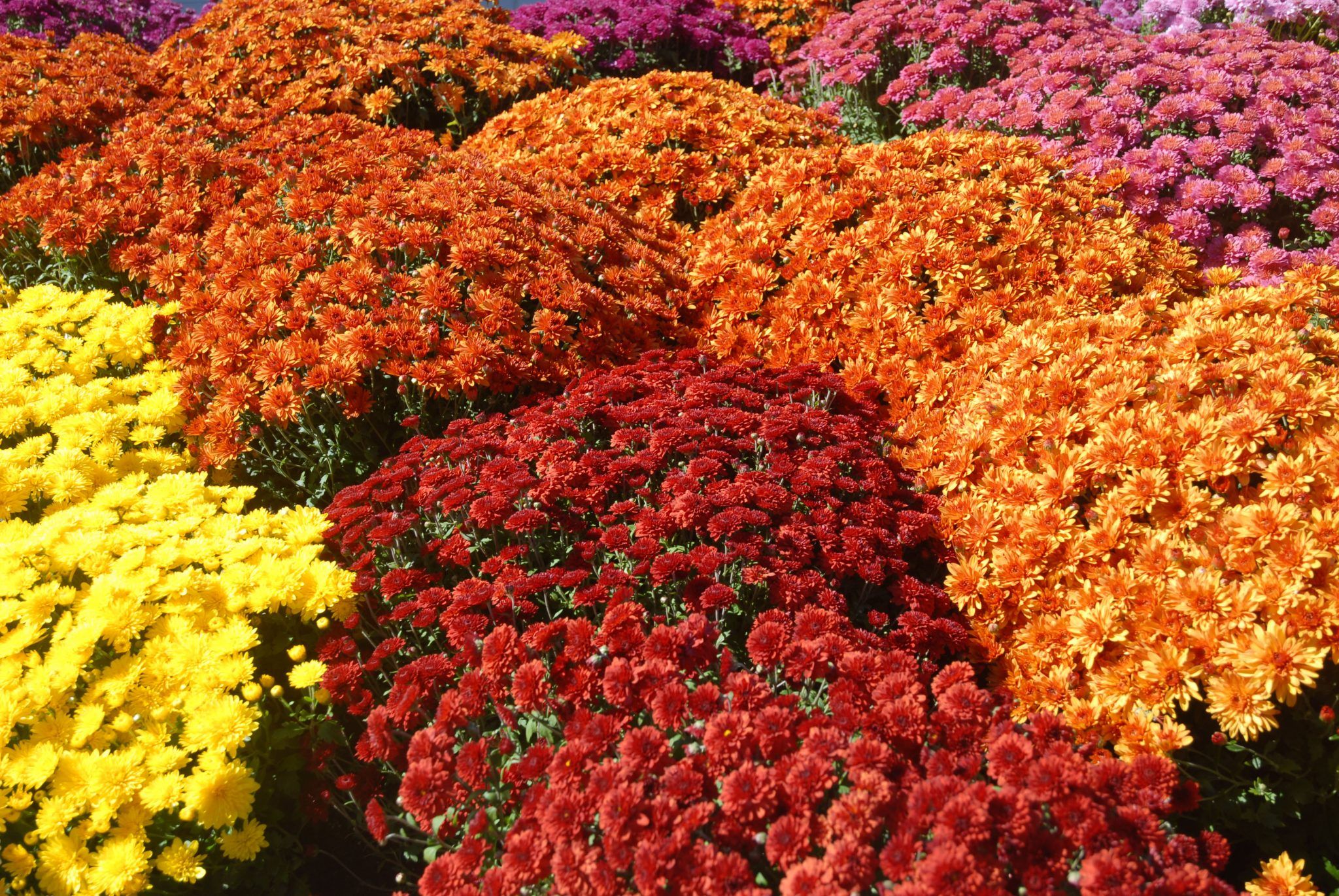
As pretty as they are and even though its safe for humans to eat them, the UC Davis School of Veterinary Medicine says that chrysanthemums are responsible for a number of their plant poisoning calls. Symptoms if ingested include vomiting, diarrhea, hyper salivation, loss of coordination, and dermatitis depending on the size of the animal. They’re rarely fatal, fortunately.
6. Cyclamen
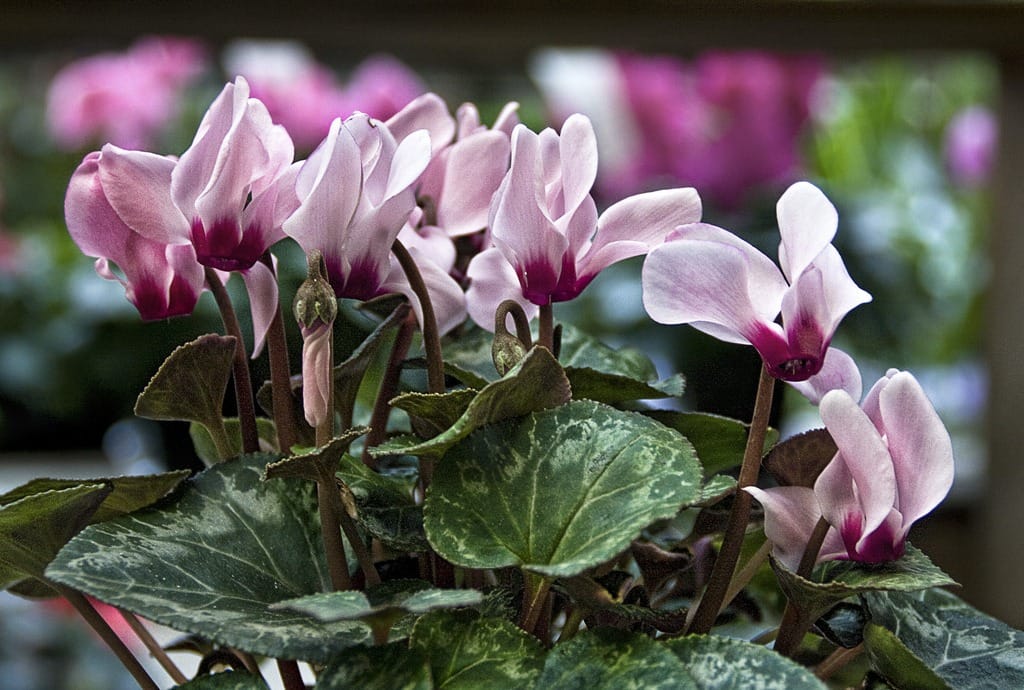
Here’s another one to pull out right away. Most of the toxicity is in the roots but fatalities have been reported after pets have eaten cyclamen. Look for intense vomiting and discomfort. Cyclamen are extremely popular as a low-growing border plant and in containers in Southern California gardens.
7. Foxglove
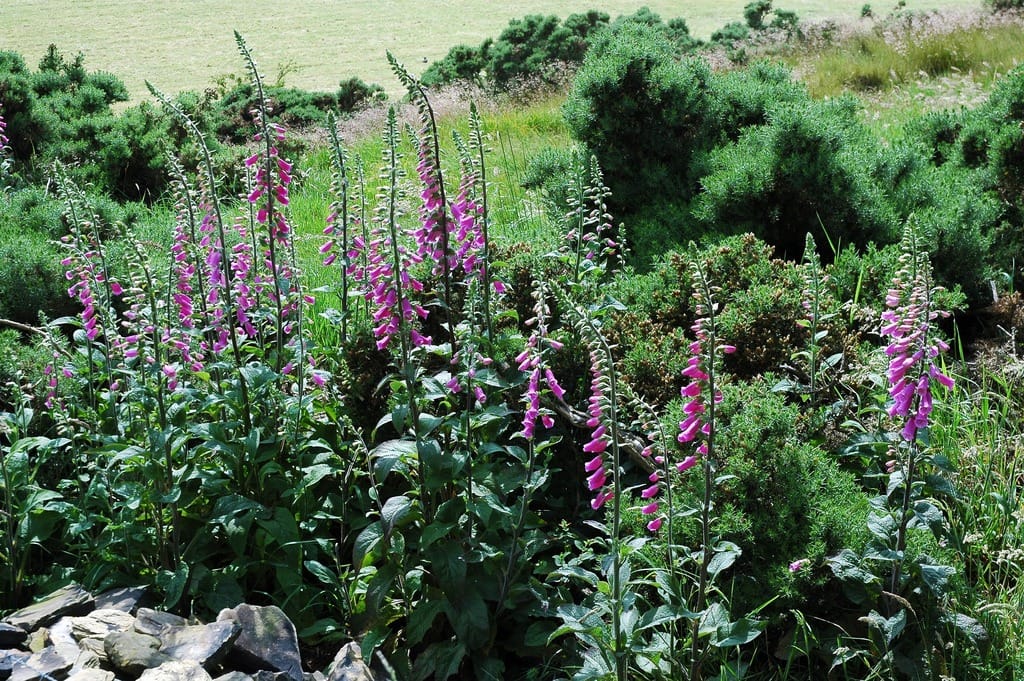
Pull this gorgeous plant out immediately as the risks include cardiac arrest and death in cats, dogs and horses though milder symptoms have been reported. It’s also poisonous to small children. The offending chemical is digitalis which ironically can be a heart medicine if given in the right amounts, otherwise it’s deadly.
8. Hostas
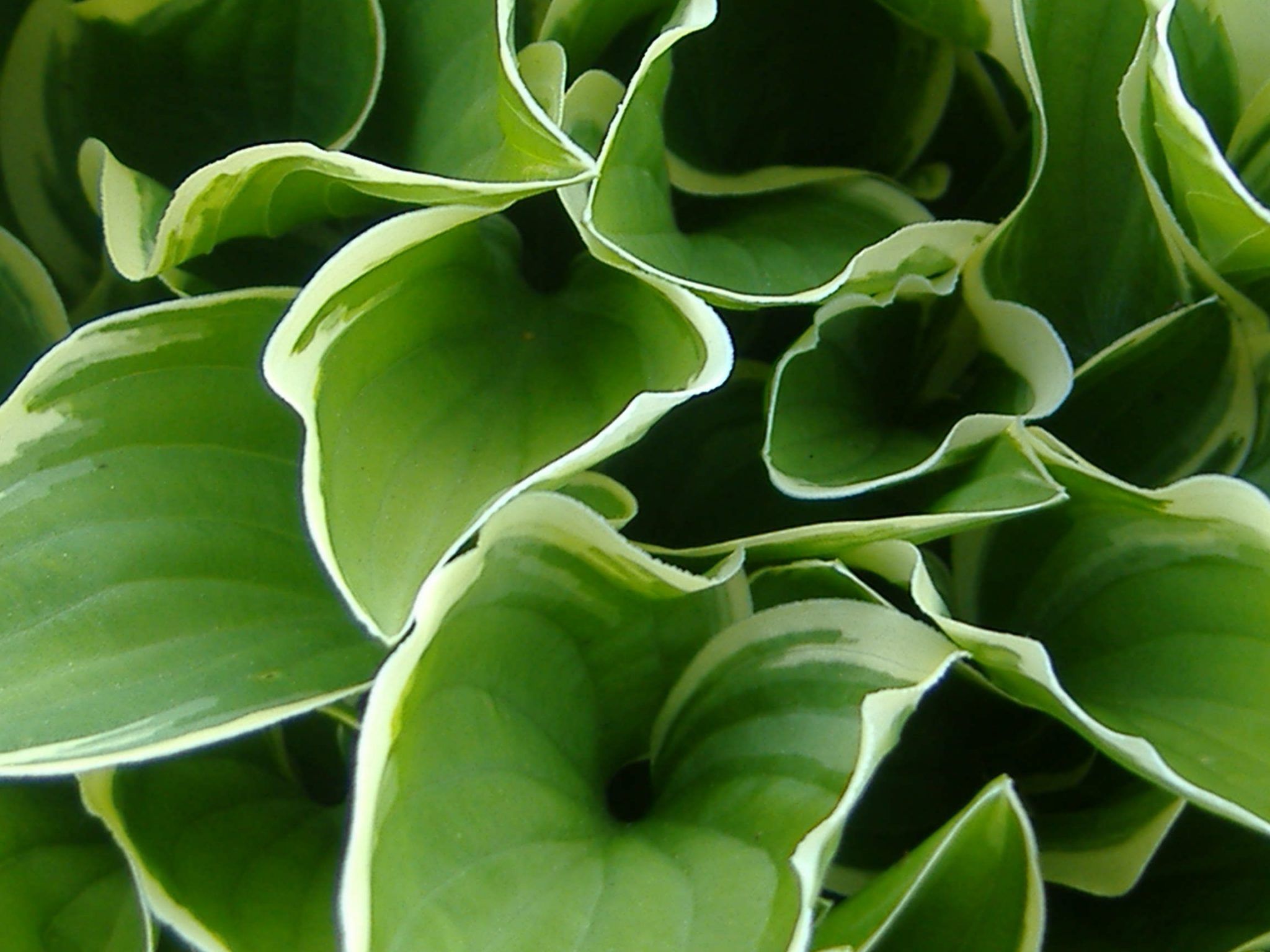
Hostas are extremely popular in shade gardens for their ornate leaves but dogs and cats will likely experience depression, diarrhea and vomiting if they decide to nosh on any part of the plant. Like aloe, hostas (and most of the Liliaceae family) have a chemical called saponin.
9. Ivy
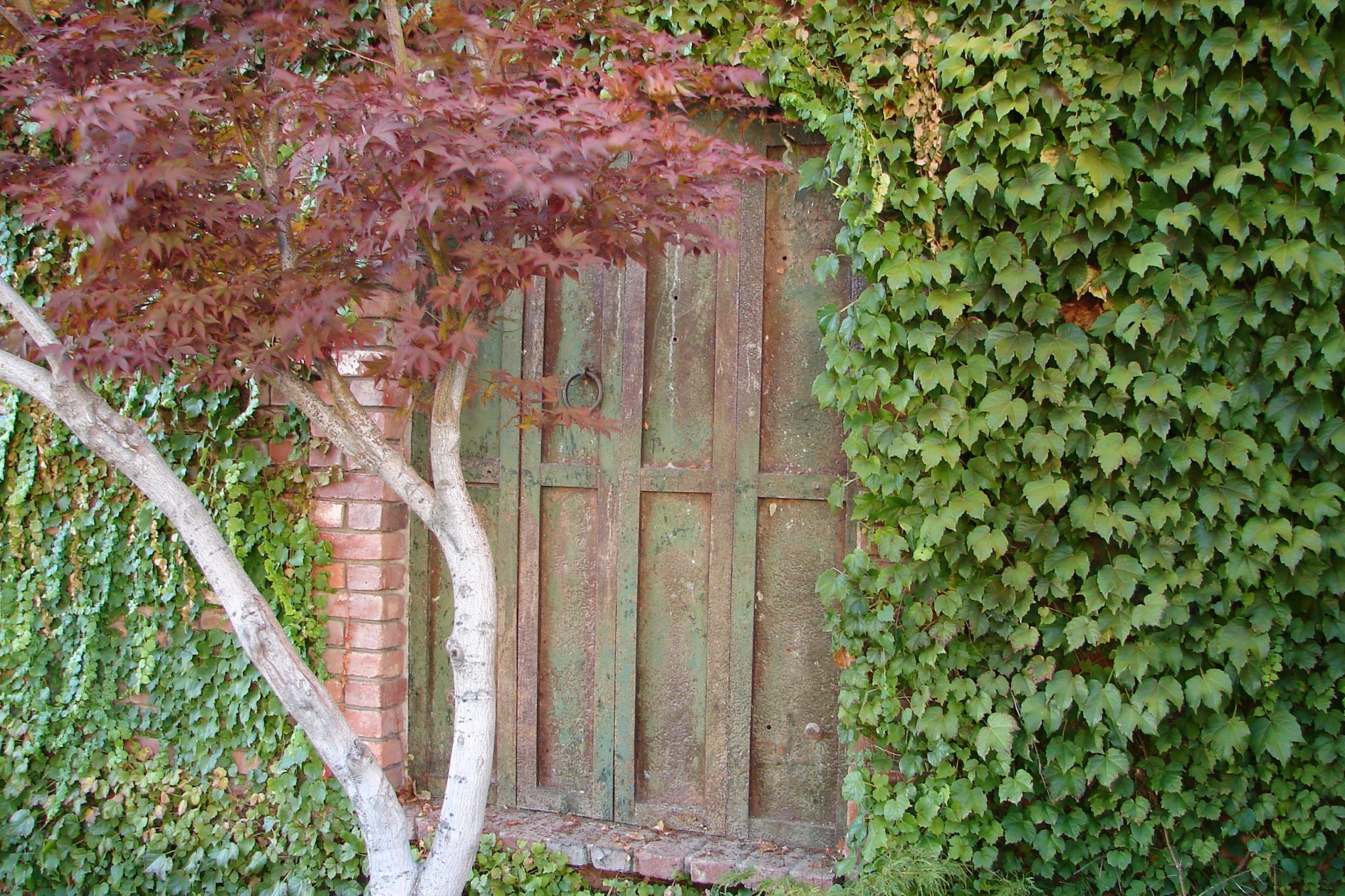
Another shade garden favorite, ivy is usually crawling up a wall or covering the ground. It’s doesn’t seem to be type of plant a cat or dog would stop to eat, but the foliage is more toxic than the berries. Expect vomiting, abdominal pain, drooling and diarrhea. Our neighbor has it as a ground cover and dogs love to sniff around to see what’s hiding under it.
10. Kalanchoe
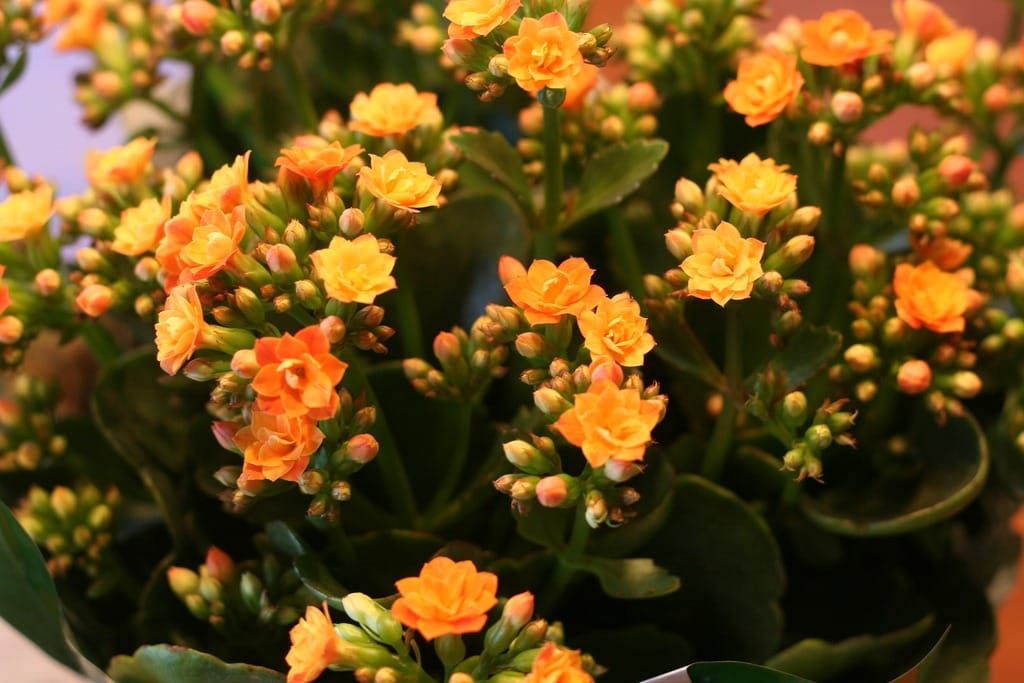
This pretty succulent is sold everywhere these days as a house plant and shade plant. The flowers come in a variety of cheerful colors, but this very feature makes them especially attractive to cats. Plus, the tiny flowers wilt and fall off the plant creating extra risk for felines and dogs. It’s not considered highly toxic though call your vet if you suspect your pet has eaten any.
11. Lilies
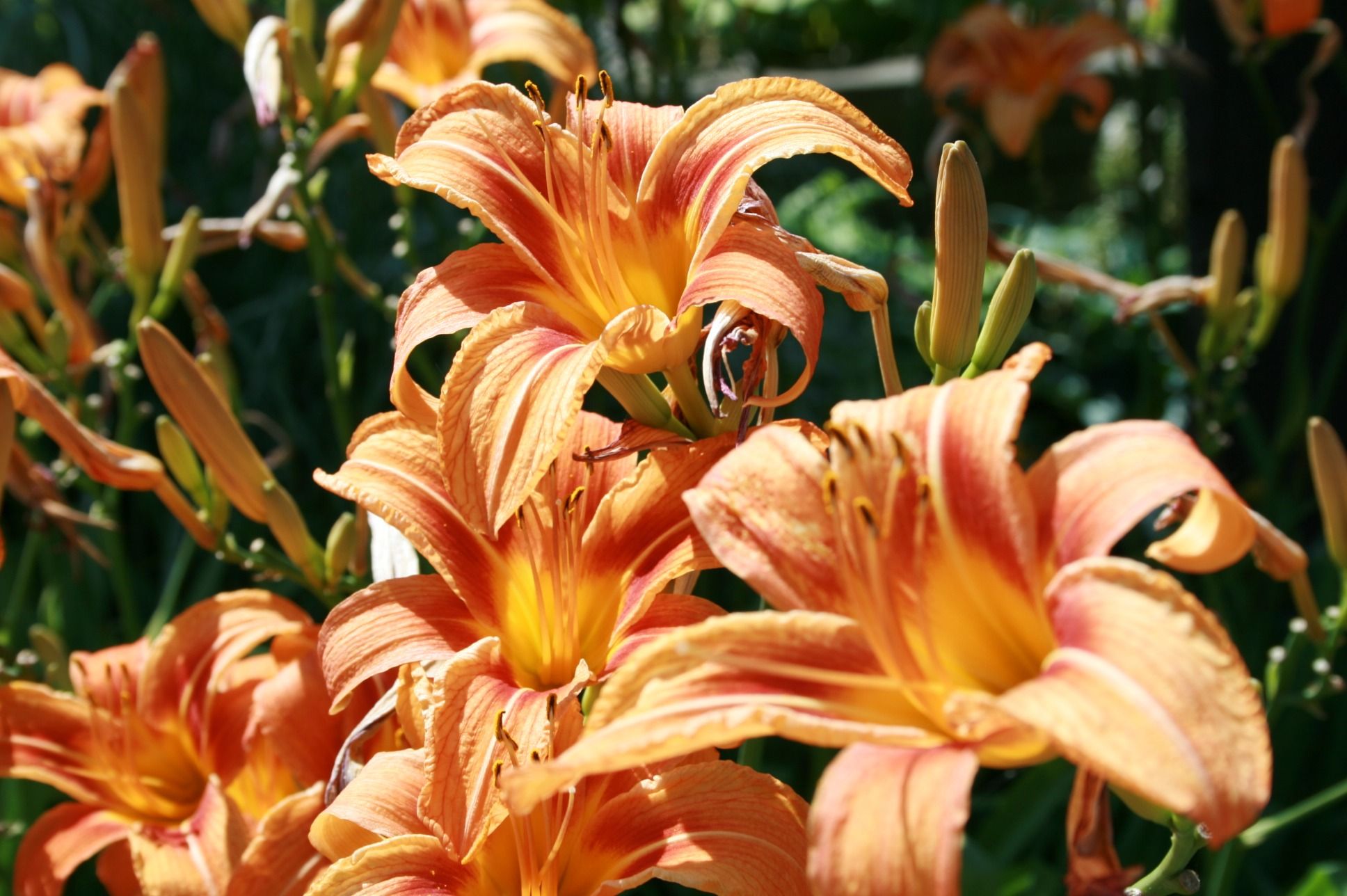
Lilies can cause kidney failure in cat even when small portions are digested. Cat lovers should stay away from these pretty flowers. The fragrance may be irresistible for curious kitties. Cats groom themselves via licking so if your feline happens to get that pesky lily pollen on their fur, a medical emergency can result. Be very careful when bringing cut lilies into the home for this reason as well.
Some lilies are toxic to dogs such as calla lilies and peace lilies. Your best bet is to stay away from all of them.
12. Oleander
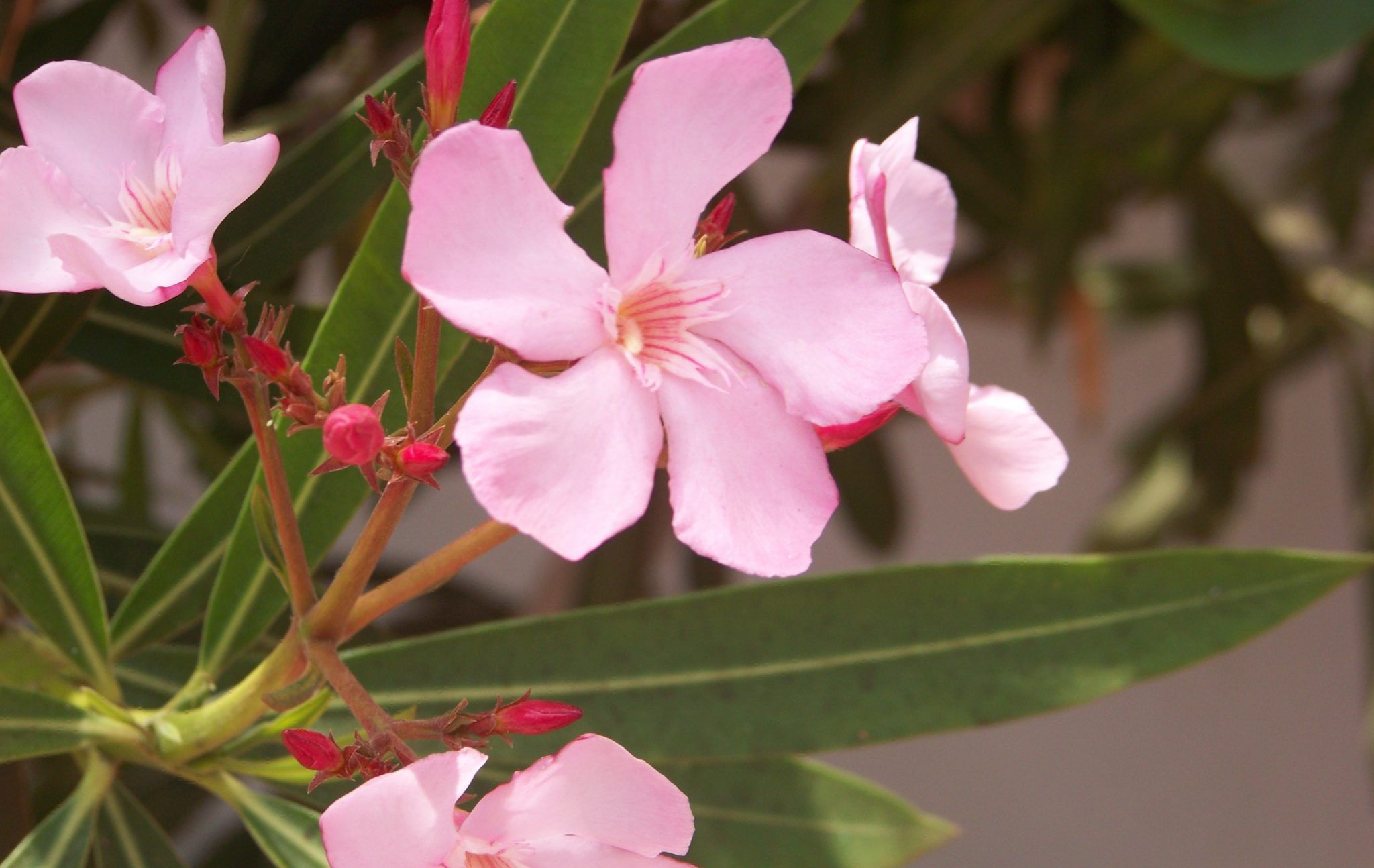
These trees have recognizable blooms seen all over San Diego though many are dying off due to disease. If you have pets, don’t knock yourself out trying to save your oleander tree as toxicity is high for dogs and cats. Though it’s not a tasty treat, even small amounts have known to kill pets.
13. Golden Pothos
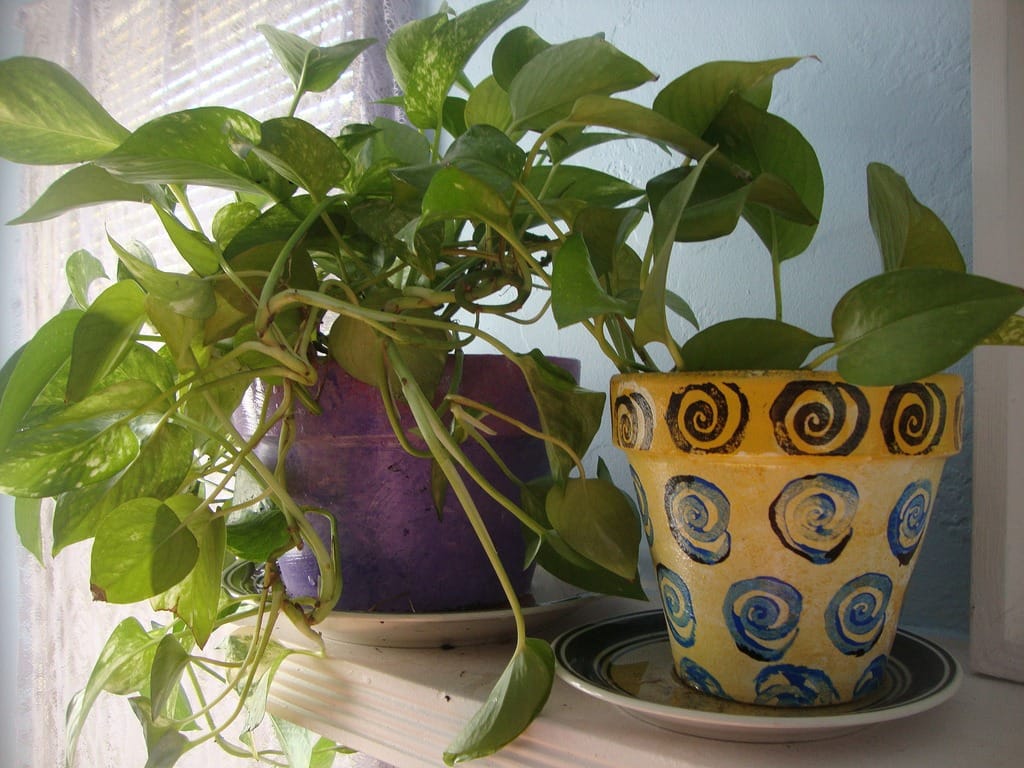
Golden pothos is most commonly a hanging house plant but it’s worth mentioning because homeowners often hang them on patio trellis. This means that the leaves drop on to the ground, where pets can step on or eat them. Insoluble calcium oxalates cause burning inside their mouths, drooling, vomiting and swelling.
14. Sago Palm
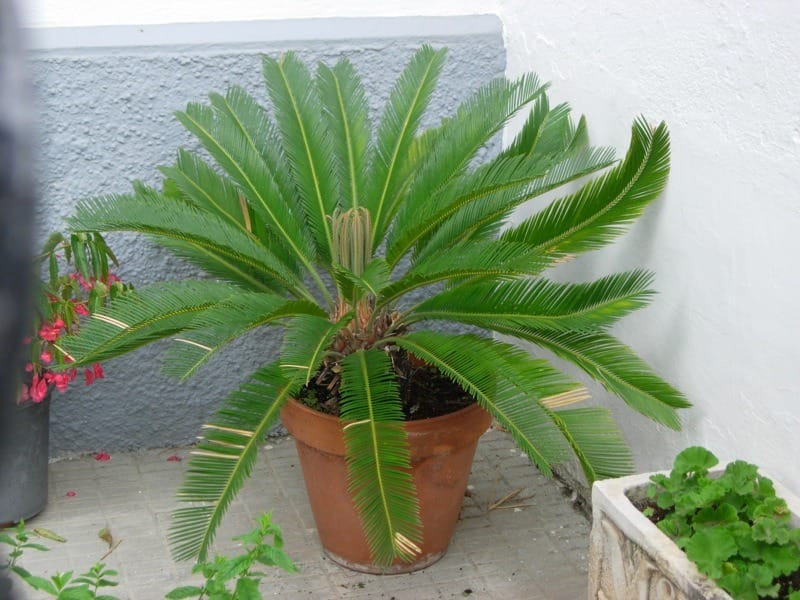
Though not technically a palm, the sago palm is particularly toxic to pets especially because this plant tastes good. They’re now commonly sold as ornamental plants for both indoors and outdoors, usually without a warning, so pet poisonings due to sago palms are on the rise. The seeds contain the highest amount of toxin and, unfortunately, look like dog treats after they drop from the plant.
15. Yew
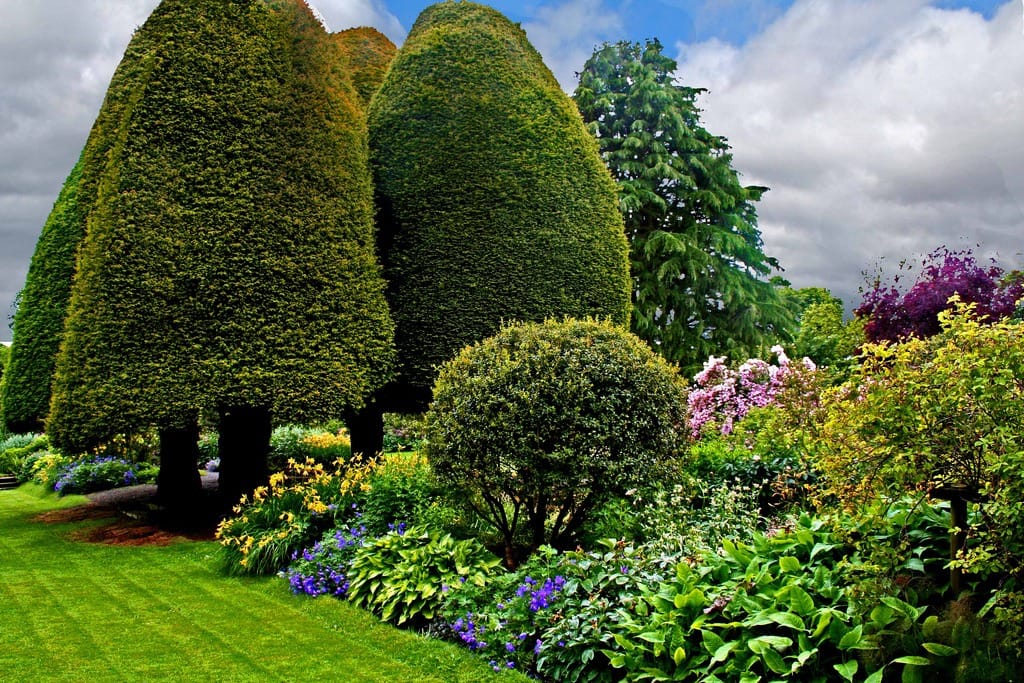
There’s a reason why the English yew tree grows in British graveyards and has come to symbolize death. It is so toxic that your pet is probably dead before you have time to call the vet. Horses grazing on pastures near yew trees often die within minutes from ingesting dropped needles. In Southern California, homeowners use it for privacy screening as it’s easily shaped and very dense.
This is by no means an exhaustive list. For more details please visit the ASPCA.
Tips for Discouraging Pets from Eating Plants
The most basic thing to do is to remove the toxic plants from the yard entirely. However, if this isn’t a practical solution the animal science department at Cornell University suggests adding more fiber to your pet’s diet in order to curb munchies. Consult with your vet first, but this is usually done by adding Bran Flakes or vegetable fiber to your pet’s food.
Your Turn…
Does your dog or cat like to snack on backyard plants? How do you control this?
(See also: Dog-friendly grasses and ground covers and learn about artificial grass as a pet-friendly option.)
Photo credits: cat, stock.xchng/johnnyberg; aloe, stock.xchng/maiapi; azalea, stock.xchng/pcaputo; begonia, stock.xchng/berenica; bird of paradise, stock.xchng/bducharme; chrysanthemum, stock.xchng/linder6580; cyclamen, Flickr/Muffet; foxglove, Flickr/steve p2008; golden pothos, Flickr/juliejordanscott; hostas, stock.xchng/ab5506; ivy, stock.xchng/tpmatt; kalanchoe, Flickr/katerha; lilies, stock.xchng/jnystrom; oleander, stock.xchng/babykrul; sago palm, Flickr/The Equinist; yew, Flickr/the yes man